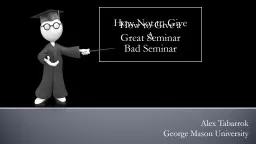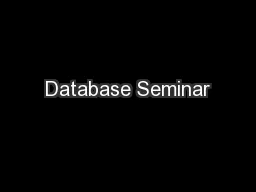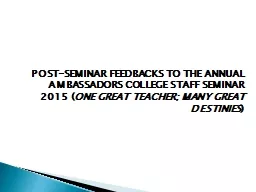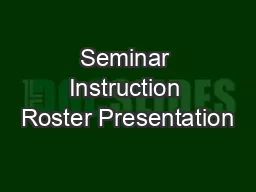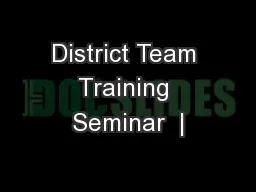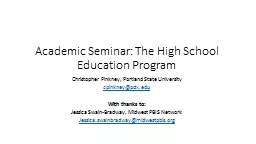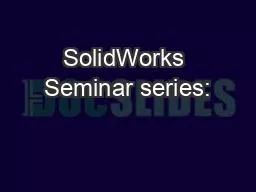PPT-How Not to Give A Bad Seminar
Author : karlyn-bohler | Published Date : 2018-12-18
How to Give a Great Seminar Alex Tabarrok George Mason University Practice Practicing a Talk is Like Editing a Paper A Good Seminar is a Good Story Hook Your
Presentation Embed Code
Download Presentation
Download Presentation The PPT/PDF document "How Not to Give A Bad Seminar" is the property of its rightful owner. Permission is granted to download and print the materials on this website for personal, non-commercial use only, and to display it on your personal computer provided you do not modify the materials and that you retain all copyright notices contained in the materials. By downloading content from our website, you accept the terms of this agreement.
How Not to Give A Bad Seminar: Transcript
Download Rules Of Document
"How Not to Give A Bad Seminar"The content belongs to its owner. You may download and print it for personal use, without modification, and keep all copyright notices. By downloading, you agree to these terms.
Related Documents

